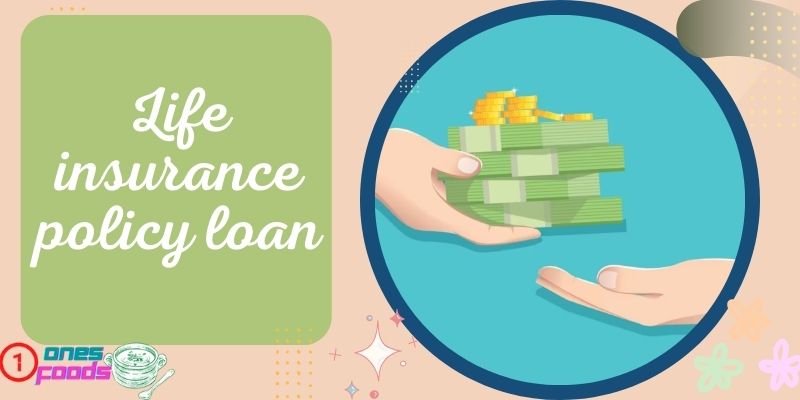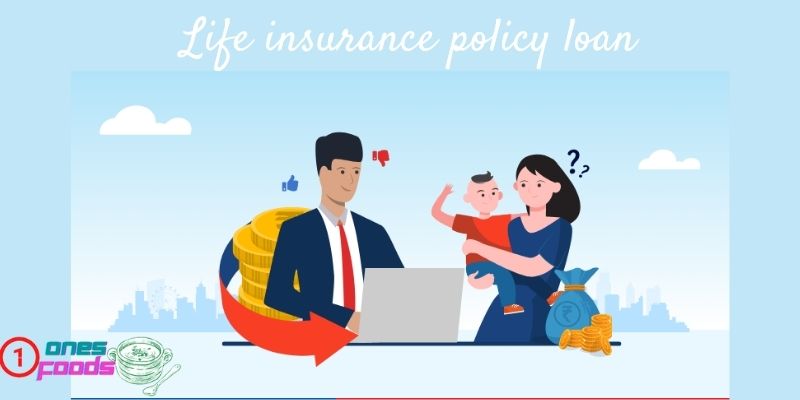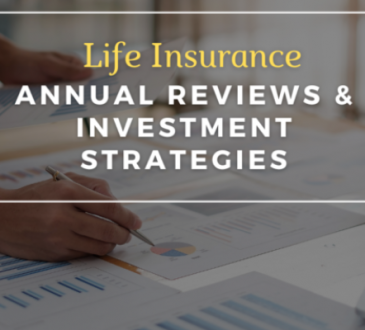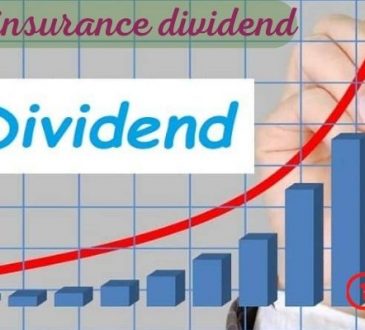Life Insurance Policy Loan: What You Need to Know
An insurance firm will utilize the cash value of a life insurance policy as security for a policy loan. It is also known as a “Life insurance policy loan,” has less expensive interest rates than personal loans, and allows you to use the money however you see fit. This loan is not due for repayment until your passing. But there are also disadvantages to consider. onesfoods.com will provide for you some information about Life insurance policy loan in this post.
Contents
How a Policy Loan Works

You can use the cash value of a life insurance policy as collateral for a policy loan, which gives you access to the cash value. Typically, you are allowed to borrow a set portion of the cash value and utilize it however you see fit. This debt won’t need to be repaid before your passing. The death benefit will be lessened if you don’t pay the loan back in full and interest.
Permanent life insurance, which provides coverage that can last your entire life, allows you to build up a cash value. In the event that a permanent policy has cash value, it is invested and available for withdrawals and loans. With term life insurance, which only offers temporary coverage, there is no cash value component.
If you maintain your policy in force, you can borrow the cumulative cash value as it grows in a permanent life insurance policy without paying taxes on the interest. The outstanding loan counts as a withdrawal in the event that you cancel the policy or it expires. Any additional cash value obtained over and above what you paid in premiums would subsequently be subject to income tax. Your premium payments are returned to you tax-free. Yasmin, could you possibly extend this sentence?
According to the terms set forth by the insurer, such as after 10 years, funds from a permanent Life insurance policy loan. The amount of cash value that must accrue before a policy qualifies and the percentage that can be lent varies depending on the insurer.
Life insurance policy loan: Advantages

Nothing affecting your credit
Credit checks and other forms of income or employment verification are not necessary to be approved for a policy loan. There is no approval procedure if you have reached the necessary level of monetary worth. Instead, you submit a loan request, and in most cases, you will receive the money within a few days.
A reasonable source of money
Loans for insurance policies typically have interest rates that are lower than those for personal loans or even home equity loans.
Cash value is still growing
A Life insurance policy loan does not use money from your policy. Instead, it’s a real loan from the life insurance company or a linked organization that creates the policy. This implies that even if you have an unpaid loan, your cash value will increase (via interest or investment gains).
You are free to pick how much or how little you want to return.
Whatever repayment plan works best for you can be used to pay back the loan. Some policyholders want to make one lump sum repayment; others opt to make several small, recurring payments over time. Others may opt to make no payments at all, in which case the remaining loan sum will be subtracted from the ultimate death benefit.
You are still covered by life insurance.
The policy is unaltered and the death benefit is precisely the same as it was previous to taking out the loan if the loan balance plus interest is repaid in full and on time.
Life insurance policy loan: Potential Drawbacks

Loans may not be immediately available
Loans might not be accessible right away.
Before you may borrow money against your policy’s cash value, it may take several years for it to increase to a sizeable sum. You’ll need to go elsewhere for your loan if your cash value has not increased to that point.
The death benefit is decreased by outstanding debt balances.
The benefit payout will be lowered by the outstanding loan sum if you die before it is fully repaid. Or to put it another way, your beneficiaries will get less money.
In some circumstances, coverage may expire.
There is a potential that the loan sum plus interest will be greater than the cash value of your Life insurance policy loan if you don’t pay back the loan on time. If that occurs, the insurance provider may surrender the policy, which would result in you being left without any life insurance protection.
There can be tax repercussions.
You or your beneficiaries can incur income taxes on the loan amount if you don’t pay back the remaining balance of the loan and/or your policy expires. Before taking out a loan, make sure to address any additional potential tax repercussions with your financial and tax advisors, insurance agent, or insurance company representative.
How Much Can You Borrow From an Insurance Policy?
Your insurer determines how much you are permitted to borrow under your insurance coverage. In most cases, it’s limited to a set portion of the cash value of your insurance, such up to 90%.
What Are the Downsides of a Policy Loan?
Unpaid principal and interest on a policy loan can reduce the death benefit if it isn’t repaid, which increases the possibility that the policy won’t be able to pay its beneficiaries enough money or any money at all.
Conclusion
There are drawbacks to take into account when using a Life insurance policy loan as a means of funding significant expenses. A financial counselor who can explain how a policy loan might fit into your entire long-term financial plan should be consulted if you are considering taking one out.



